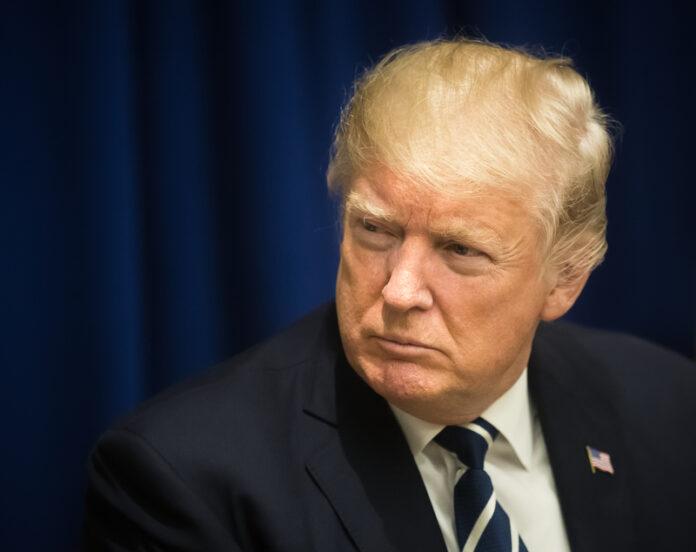Donald Trump is preparing to significantly shift the federal government’s structure if he is re-elected in 2024. He will revive key strategies from his first term and introduce new measures to drastically change the U.S. federal bureaucracy. At the center of this effort is his plan to reimplement “Schedule F,” a controversial executive order that reclassifies thousands of federal employees as at-will workers, making them easier to fire.
The Trump administration’s effort to reinstate Schedule F, a key policy from his final months in office, would strip civil service protections from tens of thousands of government employees in “policy-related” jobs, leaving them vulnerable to termination. President Joe Biden quickly repealed the order when he took office, but Trump has made it clear that bringing back Schedule F is a cornerstone of his broader plan to “dismantle the Deep State.”
Reversing Protections and Reshaping the Workforce
Trump’s former staffers have laid the groundwork for this move over the past four years. They have created a list of 50,000 federal employees to be reclassified under Schedule F and compiled a database of potential political appointees. This action would expand the number of employees under direct presidential control, reshaping the merit-based civil service system. As explained by experts, this approach would mark the end of a 150-year tradition of non-partisan governance within the federal workforce.
Critics argue that this plan would undermine the stability and professionalism of the civil service, replacing experienced career officials with political loyalists. One expert explained that Schedule F would enable the president to dismiss thousands of career civil servants, transforming the federal workforce into a politically driven operation.
Because of these potential threats, union leaders have already begun preparing for another round of battles with the Trump administration. During his first term, Trump adopted a combative stance against federal employee unions, and this time, they expect an even more aggressive push. A union official explained that lessons from previous experiences with the Trump administration have led them to implement measures to safeguard their members. Federal employee unions are expected to challenge these initiatives, potentially through legal action.
Legal and Bureaucratic Hurdles
Although Trump’s team is confident in their ability to move swiftly if elected, implementing Schedule F may face significant legal and bureaucratic hurdles. The Biden administration has instituted a rule that would prevent the reinstatement of Schedule F without undergoing a lengthy legal process. Legal challenges from unions and civil society groups are also expected, potentially delaying implementation.
A political analyst pointed out that while a Trump administration may attempt to implement this swiftly, the existing legal and bureaucratic structures will make it challenging to accomplish in a short time.
Congress has failed to pass legislation protecting the civil service from reforms like Schedule F, leaving the possibility that Trump’s plans could succeed. The inability of lawmakers to address this issue during the period when Democrats controlled both chambers signals that there may be limited options to stop such a plan if Trump returns to the Oval Office.
Challenges to Fill Positions
Beyond the structural changes to the federal workforce, Trump would likely face challenges in staffing his new Schedule F appointees. During his first term, Trump struggled to fill the 4,000 political appointments already at his disposal, and experts predict a similar issue with the additional Schedule F positions. Even with a list of potential candidates prepared by the Heritage Foundation-led Project 2025, filling tens of thousands of new positions could be a significant hurdle for the administration.
Despite these challenges, Trump’s rhetoric about the “Deep State” and “rogue bureaucrats” could create uncertainty and instability within the federal government. Some long-serving officials may choose to retire or leave rather than continue under a Trump administration, further complicating the federal workforce’s operations.
A Focus on Unions
One of the primary targets of Trump’s plan is the power of federal employee unions, which he views as a significant barrier to reforming the civil service. Reviving policies from his first term, Trump intends to remove union officials from agency office spaces and limit the time they can spend on union activities. Union leaders warn that these actions could undermine workers’ rights and create an adversarial workplace environment.
However, some unions have already begun strengthening their defenses, negotiating contracts that spell out employees’ rights more clearly in anticipation of a Trump return. Union leaders have also signaled their willingness to fight back against policies that threaten the integrity of the civil service and the rights of their members.
Conclusion
As the 2024 election approaches, Trump’s plans for the federal bureaucracy are drawing both support and criticism. While he and his allies prepare for what could be a sweeping overhaul of the federal workforce, opponents argue that the changes would jeopardize the professional, merit-based system that has guided the civil service for over a century.

